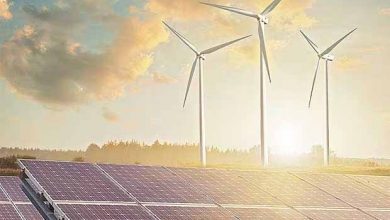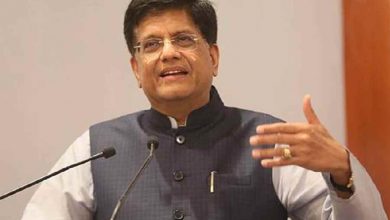Mines ministry issues framework for non-ferrous metal scrap recycling

New Delhi, Mar 14 (PTI): The Centre has issued a framework for scrap recycling of non-ferrous metals, including aluminium and copper, in a bid to cut down the scrap imports.
The mines ministry is also of the view that one of the key challenges faced by the non-ferrous metals industry is its heavy dependence on import of metal scrap and stressed that a major share of the demand is served by imports owing to the underdeveloped metal scrap collection, segregation and processing infrastructure in the domestic market.
“Ministry of Mines will work towards creating a sustainable scrap recycling ecosystem…National non-ferrous metal scrap recycling framework, 2020 seeks to use life cycle management approach for better efficiency in mineral value chain process,” the mines ministry said.
The framework envisages bringing both product and processing stewardship to enhance non-ferrous metal recycling, it said.
The demand for aluminum has increased at compound annual growth rate (CAGR) of 6.77 per cent. The production has also increased from 3.3 million tonnes (MT) in 2015 to approximately 5 MT in 2019 with a CAGR of 11.19 per cent.
Considering the growing demand for aluminium in future, there will be heavy dependence on domestic production and imports.
In light of the fact that aluminium is an energy intensive sector, the demand for fuel, i.e. coal, being the main energy source for aluminum extraction and processing, will also increase, it said.
Such dependence on non-renewable resources is not in line with global sustainable development goals and will lead to high carbon footprints.
“Also, meeting the growing demand by imports would lead to a trade imbalance. Thus, recycling becomes a good alternative as it requires 95 per cent less energy to recycle aluminium than to produce primary aluminium,” the mines ministry said.
Copper demand in India is expected to grow at 6-7 per cent due to increased thrust of Centre towards ‘Make in India’ and ‘Smart City’ programmes, development of industrial corridors, housing for all Indians by 2022, National Highway development project, rail project and defence production policy to encourage indigenous manufacture, according to the ministry.
In addition to this, there is plan for green energy corridor for transmission of renewable energy. The market for electric vehicles (EV) is also expected to witness growth in coming years.








